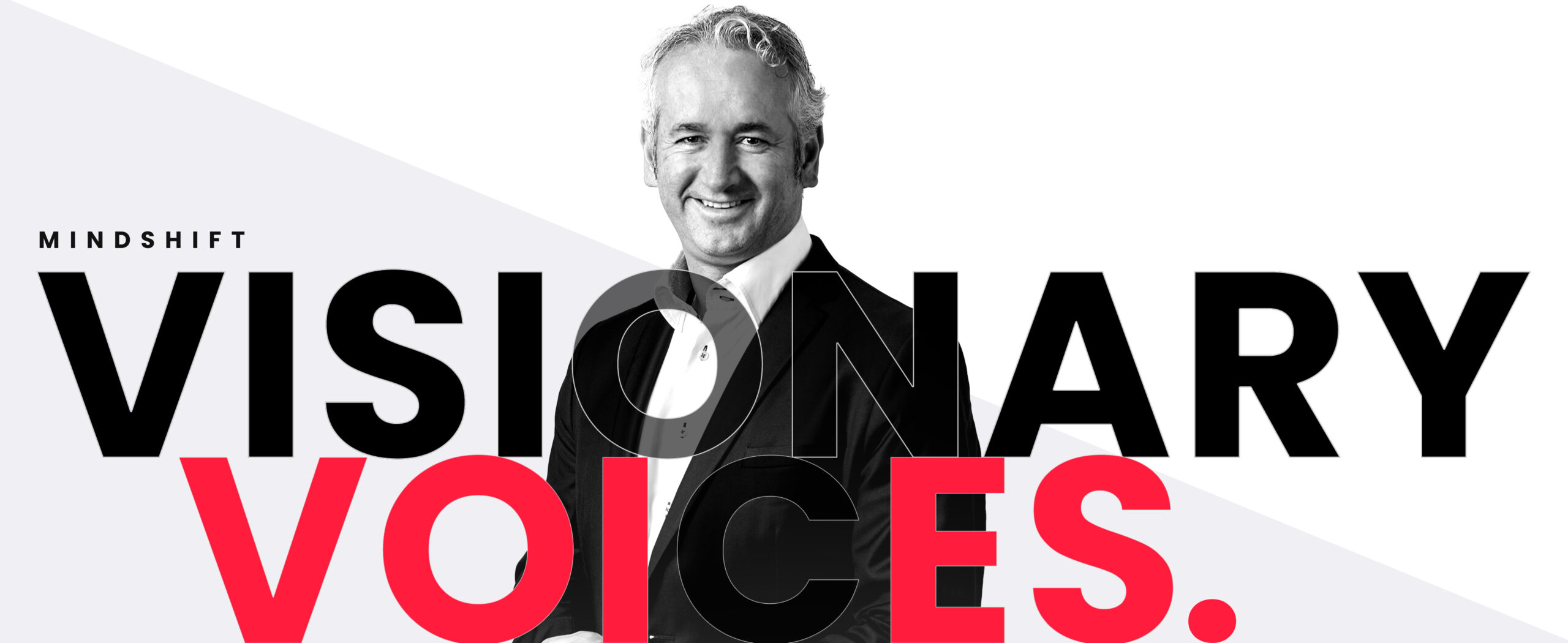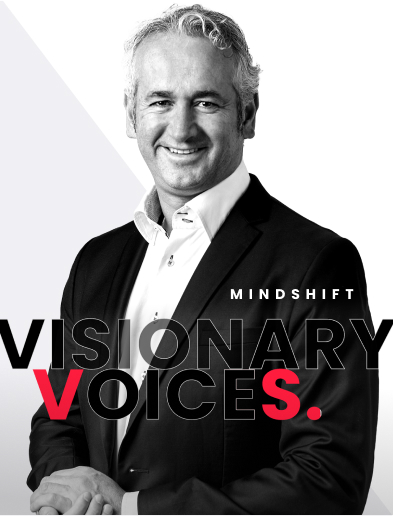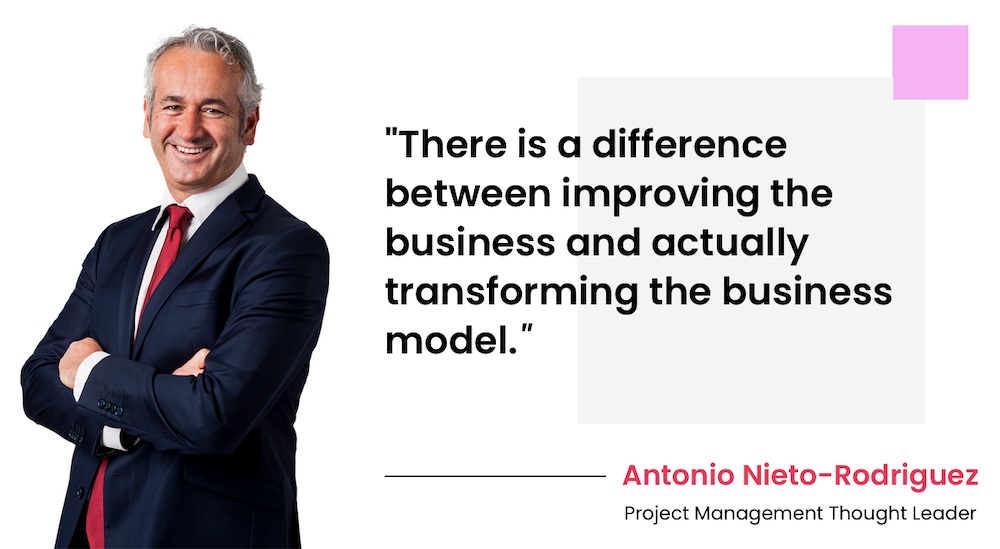

Antonio Nieto-Rodriguez is a global champion of project management and author of the Harvard Business Review Project Management Handbook. He advises senior leaders on prioritizing and implementing strategic initiatives and leading transformational change.
Antonio recently shared his thoughts with us on AI’s potential, common misconceptions, and what’s required for faster and broader adoption.
What is AI’s potential in project management?
AI is going to change how we do projects in a few years. It offers the opportunity to remove low-value work and for us to focus our energy in other areas that we’ve been avoiding or not focusing on: value creation, stakeholder engagement, engagement of teams. There is a difference between improving the business and actually transforming the business model.
Do we need to manage the smaller business improvement projects in the traditional way? Or, instead of devoting the resources and methods of project management, use AI for these and put our more valuable resources into the high-value transformation efforts?
In five to ten years, we’ll see self-managed projects, which will free up project managers to play a bigger part in setting strategy and guiding transformation, and it will mean faster implementation and execution. The adoption of AI by project managers has been modest, and if that doesn’t change, it will hurt us.
Unpacking Barriers to AI Adoption

Are project managers slow to adapt to AI, or are they reluctant?
Some of both. In truth, it’s not just project managers. There are still some doubts about the value of AI. Part of that is habit. We need to change habits and incorporate it as part of our daily routine, and then you’ll see people becoming more knowledgeable about how to use it and more comfortable.
As a profession, project management still relies on a lot of low-tech tools. It’s a paradox of our profession that we are about driving action and change, but we are extremely risk-averse. Project managers like to see things working before using them—but how do you know if it works if you don’t try it? And there’s an absence of understanding about best practices. We don’t have the proverbial user manual.
For example, it’s possible that AI could help project managers figure out what the best methodologies to use at different junctures in a project are. It could be an emulsifier between waterfall and agile, if you will. In many ways, I look at project management as a proxy. What we’re seeing with AI and project managers isn’t unique to the profession. But it gives us, as project managers, insight into how it is changing and can change the relationship between people and technology.
How would you compare the adoption of AI to other transformative technologies?
The two that have made the biggest difference in people’s everyday lives—both personally and professionally—have been the internet and smartphones. People adopted them quickly because they made life easier, and those technologies were about doing things we were already doing but in a different way.
If you went to the website for the Wall Street Journal, you were getting their content. It was still about reading the Journal. It wasn’t an anonymous, unfamiliar, and potentially unreliable source. A smartphone enabled you to make and get calls and added the dimension of mobility. People saw the value quickly. Also, remember that the pace of change for technology was much slower, allowing people more of a learning curve and a comfort curve.
They both became so ubiquitous that a sense of both urgency and necessity was created. That’s missing right now for AI. For many people and organizations, it still seems optional. They think, “OK, we have time—maybe five, six, nine years.”
What is it going to take to create that sense of urgency and necessity?
Rather than waiting to respond with a sense of urgency, organizations need to think about AI in a more measured way. Do they have a culture that encourages change and embraces innovation? Are they doing enough to educate themselves about AI’s potential? Are they educating their employees? Do they have the skills in place to use it? If they wait until it’s urgent, they have waited too long.
Let’s unpack these. First, what about culture?
Transformation has often been outsourced, so big consulting firms do the heavy lifting, with employees and middle managers supplying support. They didn’t really have the chance to acquire the knowledge and skills around change management and transformation. Largely, that made sense 10 to 20 years ago when transformation was a temporary thing—about specific projects or initiatives. Then it was back to normal.
Now, companies need to get transformation into the DNA of the company because transformation is not going to be temporary. It’s going to be constant. People have to be adept in handling transformation, and that means people at all levels of the organization. Of course, companies will still use consultants for specific needs, but they shouldn’t be relying on consultants to do the transformation itself.
Startups, by their nature, are less hierarchical and more open to disruption, to taking risks, and have more freedom to do so.
We need to disrupt management bureaucracy, where decisions are made at the top and cascaded down. We need to rethink where change comes from, allowing it to come from the bottom. But the C-suite has to be open to it. The C-suite is paying attention now and wants to focus on transformation. I call it building their transformation muscle. So this is something that has not been a priority so far, but it is now.
Shifting the C-suite Mindset to Close Skills & Knowledge Gaps
What will be required of leaders?
An increased focus on transformation work and transformation leadership from the entire C-suite. Ten years ago there was somebody, most likely a CTO, who was leading the digital transformation. Other leaders and senior executives were not very involved. Now, more input is required from the entire C-suite, and different types of decisions must be made.
Leaders need to be prepared to make more decisions: prioritizing projects, decisions around investments, and business-model decisions. Now more than ever, they need an enterprise-wide roadmap for project work.
How great is the skills gap?
There is a skills gap, again in project management and elsewhere, but overall, the bigger issue is on mindset. The skills project managers can work on are being better at influencing leaders and helping to create high-performing teams. You can work on communicating to stakeholders. You can see yourself as somebody who is empowered to drive change and challenge norms. The disruption that will occur is so massive in any company that you have to be willing to take on the disruption, and that is part of a mindset shift.
Skills is another area where a mindset is critical. People need to understand the skills they don’t need to use AI in an intelligent way. I did a survey recently that showed there is a widely held belief that you need to be a computer programmer or have a mastery of the technical side. You don’t need to be a mechanic to drive a car. It’s the same principle.
You need to know what you don’t need to know. Investing in closing the skills and knowledge gaps is part of changing the culture and should be a priority for leaders, which we are starting to see.
What else don’t people understand about AI?
It will actually make all of us and our work more people-centric. People are not going away. They will be at the center of strategy, communications, and leadership. Emotional intelligence, always important, will become more so. Using AI is not about replacing humans or eliminating the need for them at work. It’s about replacing the need for them to do certain types of tasks. Integrating AI into the work stream frees people up to be engaged with their work and their teams in more profound ways.
Visionary Voices





